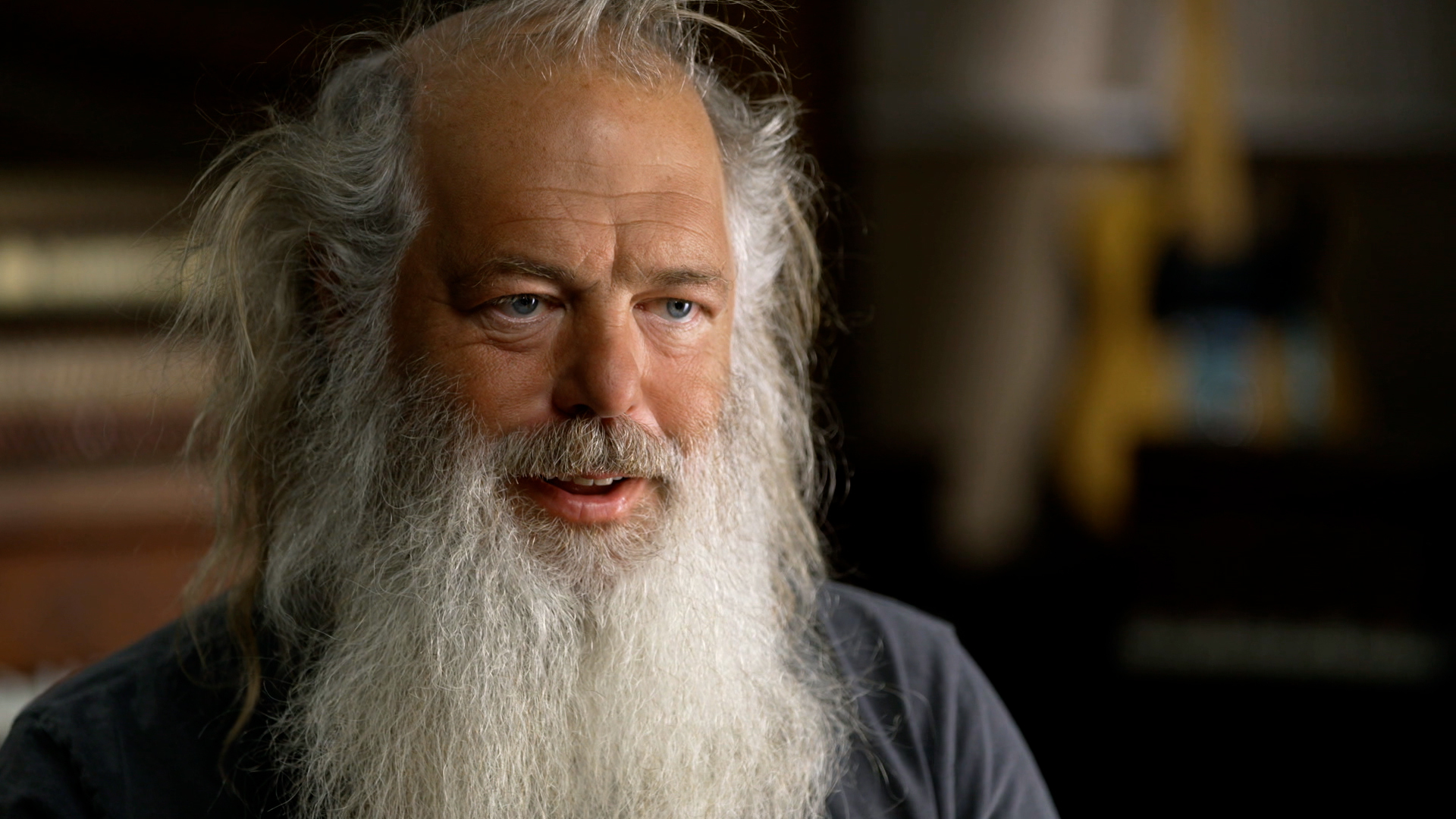
## Highlights
- In the book, he posits a path of creation for artists to follow:
• The universe is the “source” of all creativity. It is the source of an energy that we all tap into.
• The universe pushes this energy as “data” toward the artist. It’s a cacophony of emotions, visual stimuli, and sounds that the artist stores in a “vessel.”
• The artist develops a “filter” to determine what is allowed to reside in the vessel.
• The work of an artist is to shape their life so they can get closer to the source.
• They channel that source into something of personal value ([View Highlight](https://read.readwise.io/read/01gsnfxddngrfqkte1m66zv28r))
- Again, Rubin has useful advice: “It’s helpful to view currents in the culture without feeling obligated to follow the direction of their flow. Instead, notice them in the same connected, detached way you might notice a warm wind. Let yourself move within it, yet not be *of* it.” ([View Highlight](https://read.readwise.io/read/01gsnfzv4sjdpx7fgxz6n7mzen))
- In terms of priority, inspiration comes first. You come next. The audience comes last.” ([View Highlight](https://read.readwise.io/read/01gsng4x9emss0a09q2zfyqqyw))
- Take a question like: "How do I get to Rome?" Most gurus will tell you, “Well, you walk south over the mountains for 1,000 miles and eventually you get to Rome. That's how I did it, so it will work for you.” A better way to think about it is: it depends on where you're starting from. If you're starting north of Rome, then you have to go south. If you're starting from Greece, you've gotta take a boat. ([View Highlight](https://read.readwise.io/read/01gsng6fcqccndv8qnyxvq2r54))

## Highlights
- In the book, he posits a path of creation for artists to follow:
• The universe is the “source” of all creativity. It is the source of an energy that we all tap into.
• The universe pushes this energy as “data” toward the artist. It’s a cacophony of emotions, visual stimuli, and sounds that the artist stores in a “vessel.”
• The artist develops a “filter” to determine what is allowed to reside in the vessel.
• The work of an artist is to shape their life so they can get closer to the source.
• They channel that source into something of personal value ([View Highlight](https://read.readwise.io/read/01gsnfxddngrfqkte1m66zv28r))
- Again, Rubin has useful advice: “It’s helpful to view currents in the culture without feeling obligated to follow the direction of their flow. Instead, notice them in the same connected, detached way you might notice a warm wind. Let yourself move within it, yet not be *of* it.” ([View Highlight](https://read.readwise.io/read/01gsnfzv4sjdpx7fgxz6n7mzen))
- In terms of priority, inspiration comes first. You come next. The audience comes last.” ([View Highlight](https://read.readwise.io/read/01gsng4x9emss0a09q2zfyqqyw))
- Take a question like: "How do I get to Rome?" Most gurus will tell you, “Well, you walk south over the mountains for 1,000 miles and eventually you get to Rome. That's how I did it, so it will work for you.” A better way to think about it is: it depends on where you're starting from. If you're starting north of Rome, then you have to go south. If you're starting from Greece, you've gotta take a boat. ([View Highlight](https://read.readwise.io/read/01gsng6fcqccndv8qnyxvq2r54))

## Highlights
- In the book, he posits a path of creation for artists to follow:
• The universe is the “source” of all creativity. It is the source of an energy that we all tap into.
• The universe pushes this energy as “data” toward the artist. It’s a cacophony of emotions, visual stimuli, and sounds that the artist stores in a “vessel.”
• The artist develops a “filter” to determine what is allowed to reside in the vessel.
• The work of an artist is to shape their life so they can get closer to the source.
• They channel that source into something of personal value ([View Highlight](https://read.readwise.io/read/01gsnfxddngrfqkte1m66zv28r))
- Again, Rubin has useful advice: “It’s helpful to view currents in the culture without feeling obligated to follow the direction of their flow. Instead, notice them in the same connected, detached way you might notice a warm wind. Let yourself move within it, yet not be *of* it.” ([View Highlight](https://read.readwise.io/read/01gsnfzv4sjdpx7fgxz6n7mzen))
- In terms of priority, inspiration comes first. You come next. The audience comes last.” ([View Highlight](https://read.readwise.io/read/01gsng4x9emss0a09q2zfyqqyw))
- Take a question like: "How do I get to Rome?" Most gurus will tell you, “Well, you walk south over the mountains for 1,000 miles and eventually you get to Rome. That's how I did it, so it will work for you.” A better way to think about it is: it depends on where you're starting from. If you're starting north of Rome, then you have to go south. If you're starting from Greece, you've gotta take a boat. ([View Highlight](https://read.readwise.io/read/01gsng6fcqccndv8qnyxvq2r54))